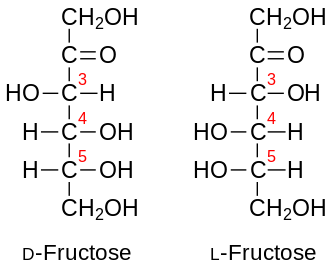Don't be too hasty. Fructose comes in a variety of molecular structures. Hydrolyzed corn starch is used as the raw material for production of HFCS through enzymatic processes. Maybe, the type of fructose produced by enzymes isn't exactly the same fructose structure as that produced by plants in nature (at least in relative quantities)?
I'm not an expert, but I don't think we know enough about the digestive processes, to understand everything that happens when the body processes these different fructose molecules in quantities not normally found in nature.
It makes far more sense from a health stand point, to stick with the sugars our bodies are familiar with, consumed in packages our digestive systems know how to handle due to thousands of years of evolution.
Example of two different fructose molecules:
